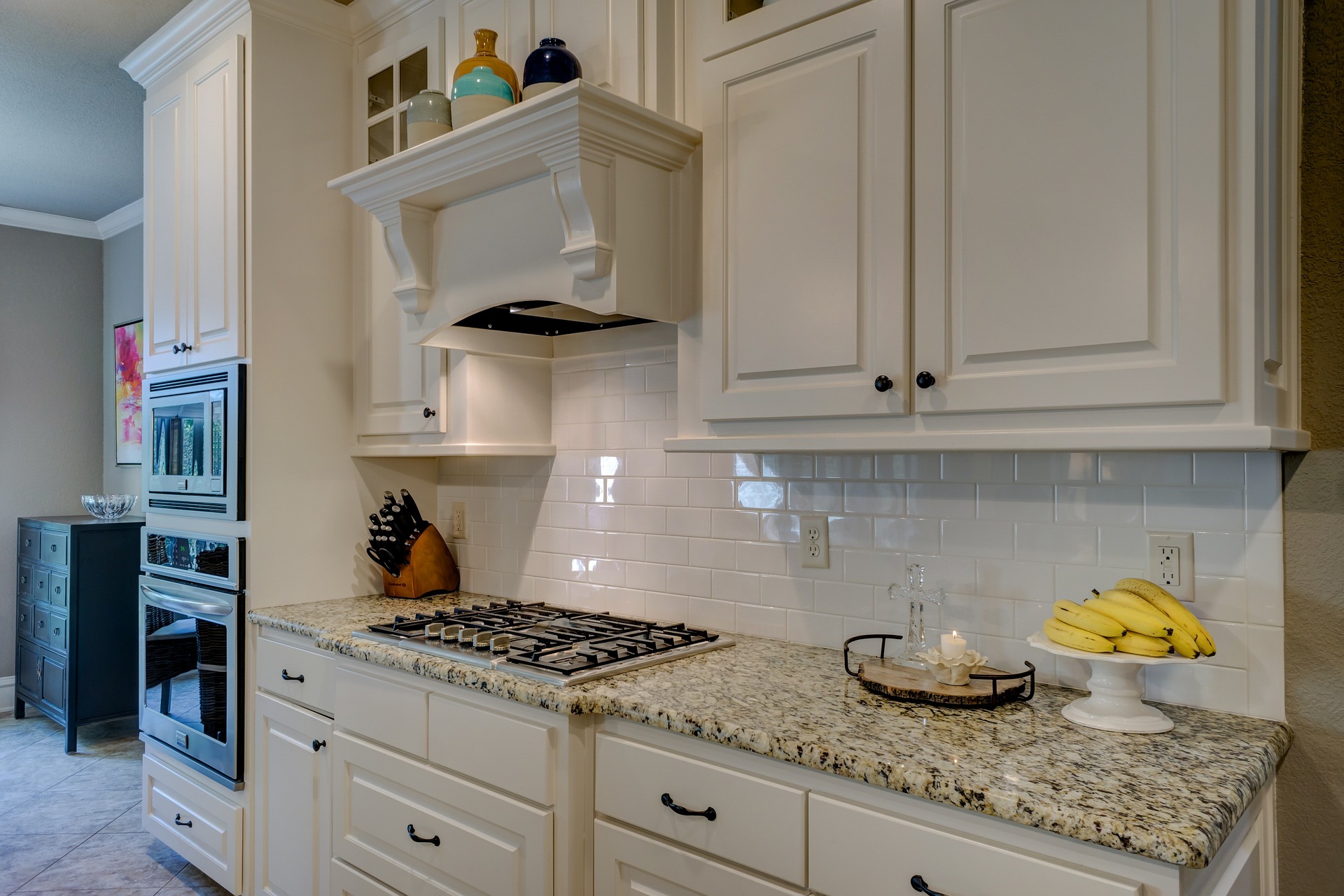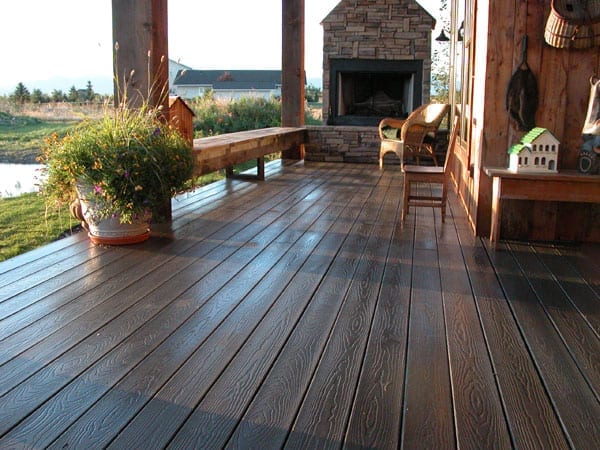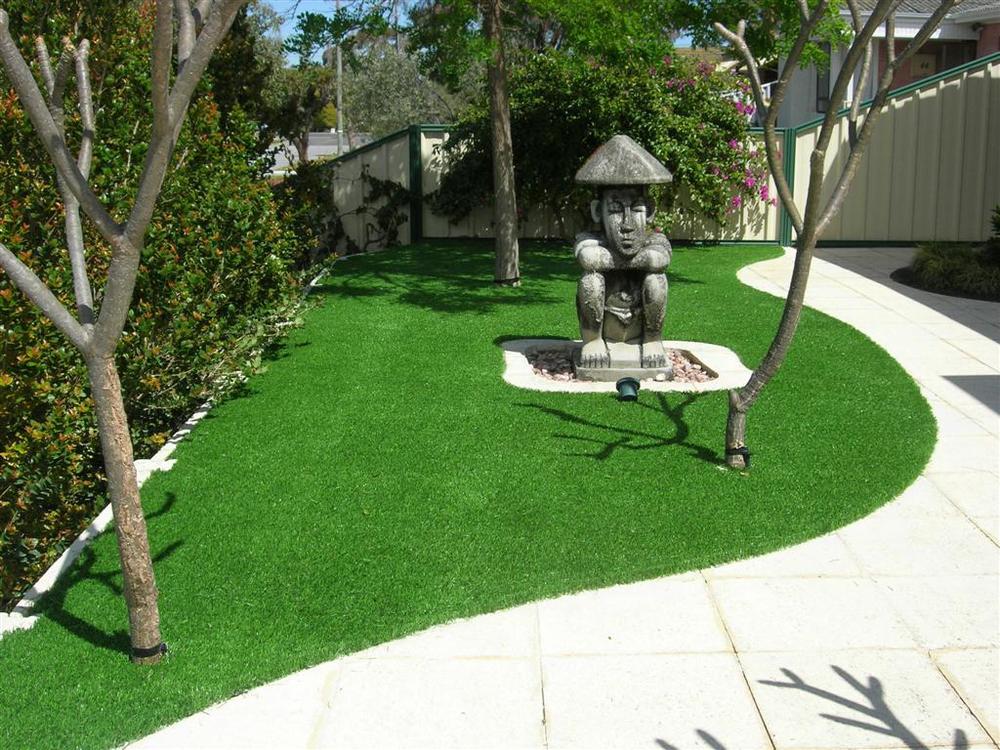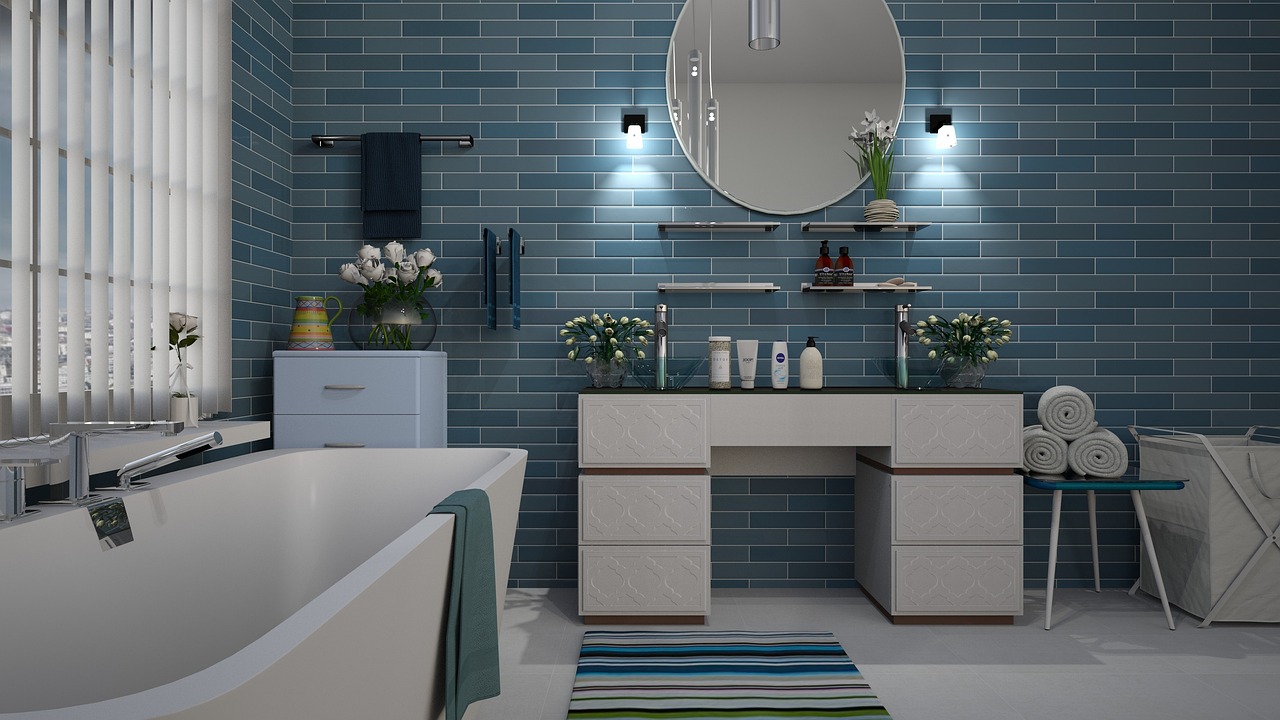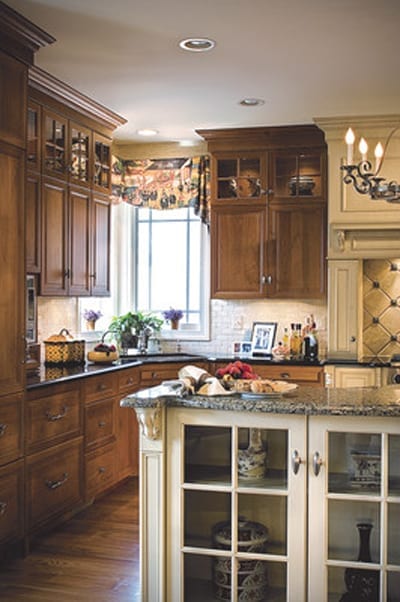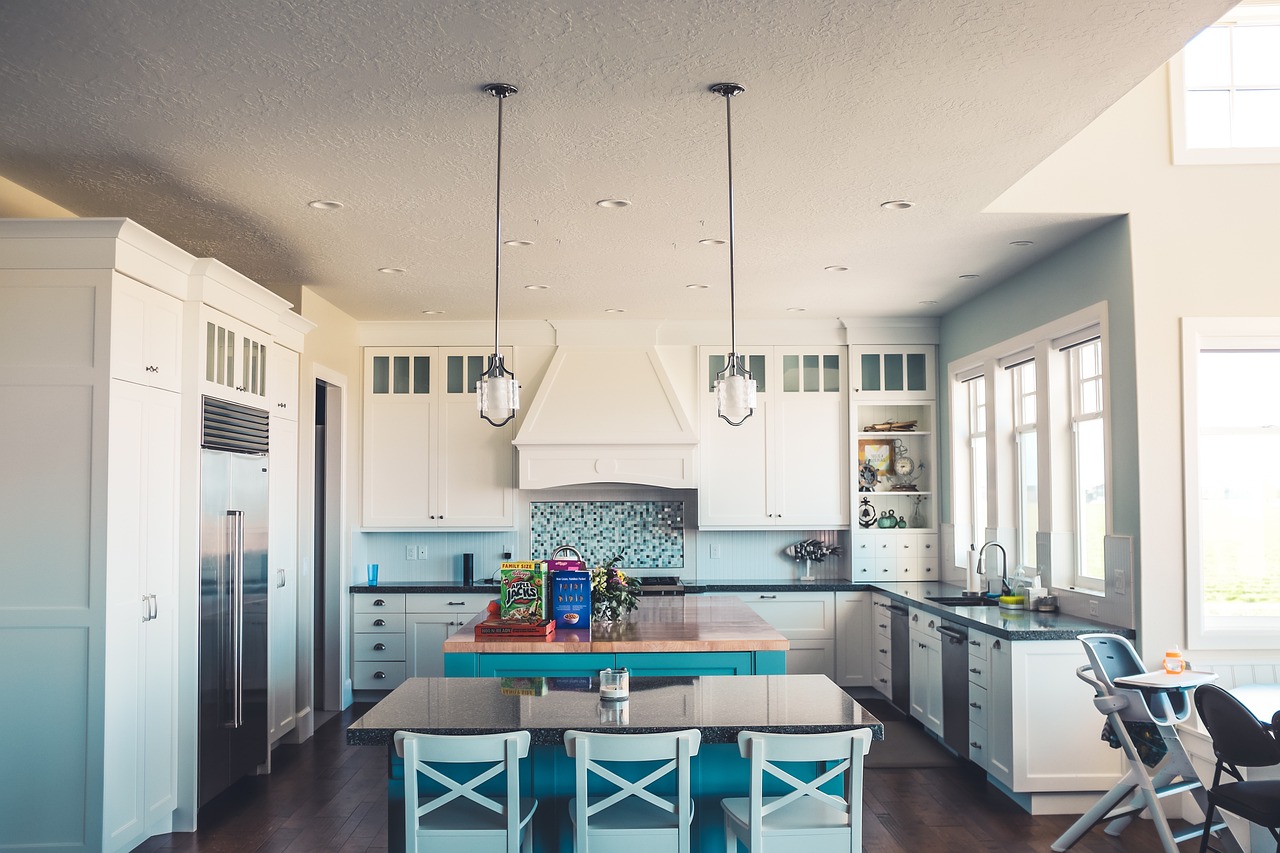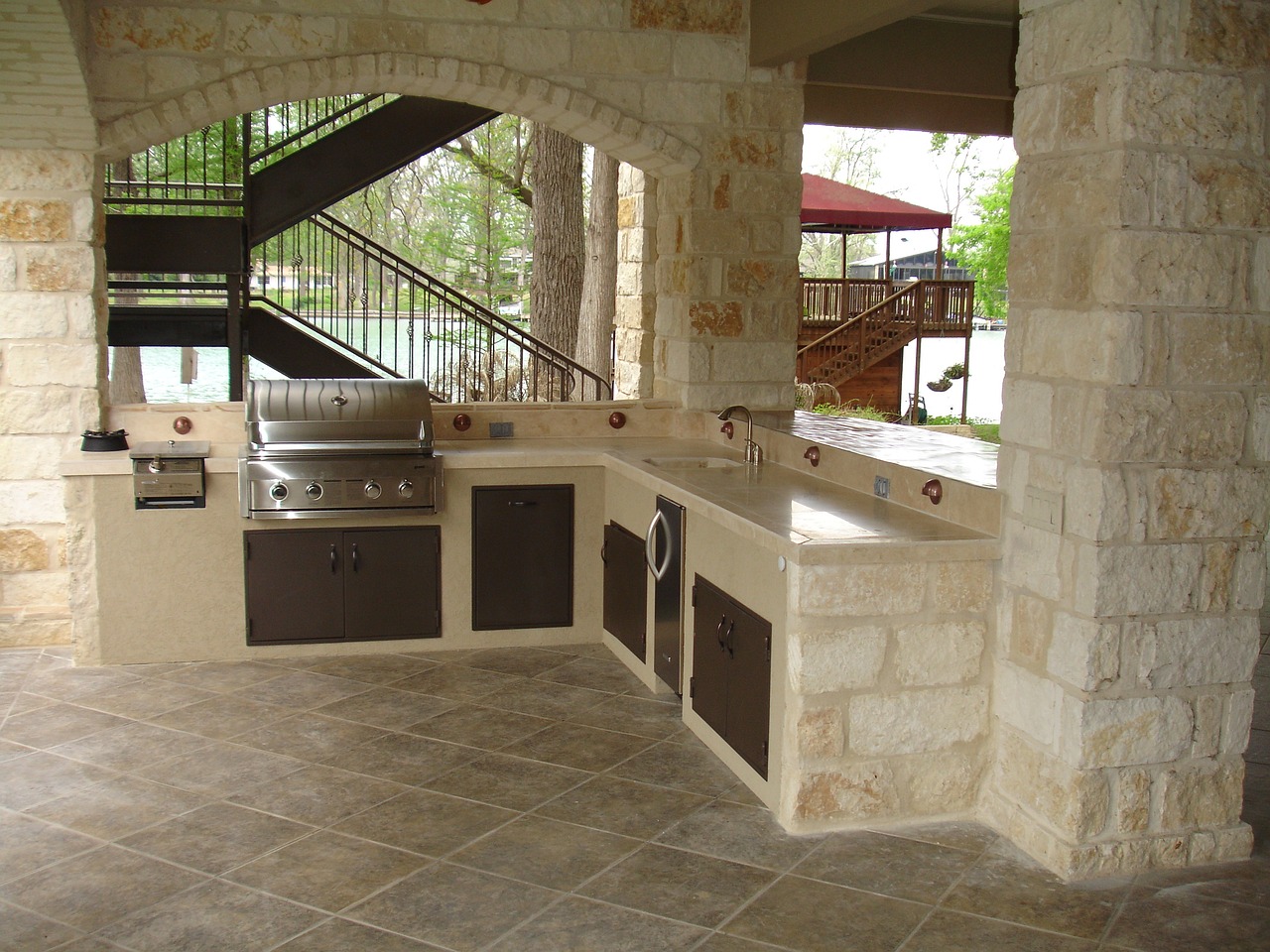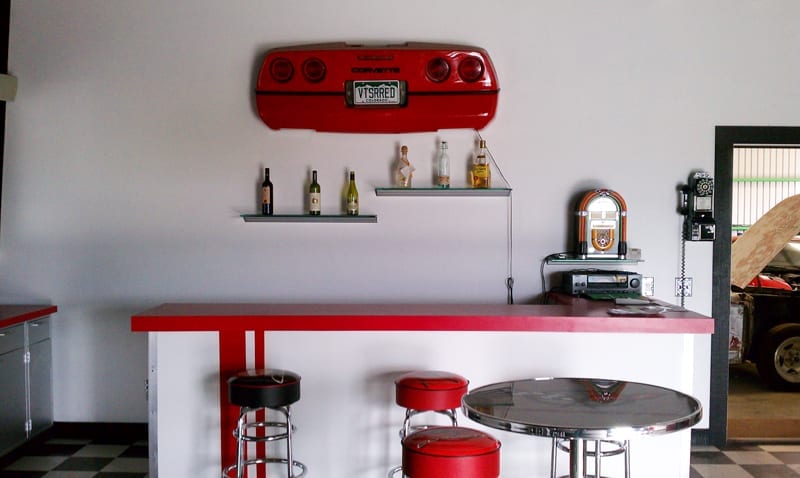Getting Started
Once upon a time, dovetail joints inside the drawers were practically all you needed to distinguish high-end cabinets. The distinction has blurred as more manufacturers offer premium features even on low-end lines. Indeed, we found you can have these and other once-exclusive features and still wind up with shoddy construction.
A little research beforehand can save you time at the store and the thousands you can lose on less-than-stellar cabinets. Start by checking online manufacturer and retail sites and catalogs and taking a good look at store displays; you’ll be able to tell the quality cabinets from the polished pretenders once you know where to look. And trust your taste; readers who chose cabinets solely on the basis of advice from contractors, designers, or architects were twice as likely to report a problem as those more involved in the selection, according to a survey by the Consumer Reports National Research Center.
Put Your Money Where it Counts
If you’re on a tight budget, skip the non essentials and focus on convenience. Work-savers include a lazy Susan, a pull-down soap and sponge holder, and deep drawers for pots. Glazing, while nice, typically adds 10 to 20 percent to the cost. Remember to factor labor into your budget, since installation can easily account for more than half of the cabinet’s cost.
Consider Renewing Your Old Cabinets
Replacing cabinets is typically the priciest part of a kitchen remodel. Readers who hired contractors paid on average more than $9,000 for new cabinets, and about a quarter of the readers paid more than $15,000, according to our survey. A couple of long weekends’ work can change your kitchen’s look for a tenth that cost. If your old cabinets are plumb, square, and sturdy, consider refinishing them with some simple sanding, painting or staining, and drilling. You can even dress them up with custom-built doors, possibly with glass panes, and still save a bundle over all-new cabinets. Even having a cabinetmaker reface old cabinets with veneer costs less than replacing them.
You can also make old cabinets work better than new by adding pull-out shelves, lazy Susans, and other inexpensive upgrades. The final touch: install several under-cabinet halogen, xenon, or fluorescent task lights wherever you or a family member will be dicing, doing homework, or reading a recipe.
Types of Cabinets
Cabinets can vary greatly in price. Here’s an overview of the three types of cabinets in broad price segments that you’ll find at stores.
Basic
Often called stock, these are inexpensive, off-the-shelf cabinets, ready to assemble and install. Many use frameless construction where the door has no lip or “reveal” around it.
Photo: Consumer Reports
PROS: These are a money-saving choice if you aren’t too picky about the style options or don’t demand a perfect fit. More have better drawers, sold-wood doors, and other once-pricey features. And we’ve found basic models that perform better in our wear tests than some more-expensive models.
CONS: Many basic boxes are thinly veneered particle board, rather than higher-quality plywood. Style and trim options, sizes, and accessories, are still limited. And figure on an hour or more of assembly time for each set of base and wall cabinets.
Midlevel
These semi-custom models are a sound choice for most kitchens. Many use face-framePhoto: Consumer Reports construction, where the solid-wood frame shows around the door and drawers.
PROS: Midlevel models offer many made-to-order custom options, including size, materials, finish, elaborate crown moldings and other trim, and accessories such as range-hood covers. That can make them the best-value option overall.
CONS: As with basic cabinets, features and quality can vary considerably. Boxes may be veneered particleboard rather than high-quality plywood.
Premium
Short of custom made-to-order cabinets, these semi-custom models offer the most style and storage options.
Photo: Consumer Reports
PROS: They generally come with plywood boxes and other premium materials and hardware. Widths may come in ¼-inch increments, rather than the typical 3-inches.
CONS: While generally less expensive than fully made-to-order custom units, models with the most features and highest quality can cost as much as some full-custom units.
Features
What separates a well-made cabinet from a cheap imitation? Here are the cabinet features to look for-and what to avoid.
Cabinet Box: Best is ½-to ¾-inch furniture-grade plywood. Medium-density fiberboard (MDF) is OK, but avoid ⅜-inch coated particleboard.
Doors: Most manufacturers offer a similar range of door-style options for all their price levels. Look for a solid-wood frame surrounding solid-wood or plywood panels. Veneered particleboard or an MDF panel is OK, but avoid laminate or thermofoil over particleboard.
Drawers: Well-built drawers are critical, because they get the most use. The best ones have solid-wood sides, dovetail joinery, and a plywood bottom that fits grooves on four sides. Avoid stapled particleboard.
Hardware: Full-extension drawer guides are better than integrated side rails or under mounted double-roller designs. Some premium models have a “soft close” feature that stops drawers from slamming shut. Many cabinet models allow you to upgrade the drawer guides. As for door hinges, we didn’t find any significant differences among the different types.
Shelves: Look for ¾-inch plywood of MDF. Lesser quality ⅝- or ½-inch particleboard shelves may sag.
Mounting Strips: Ask the contractor to use ¾-inch hardwood strips or metal strips with bolt holes. Thinner wood, MDF, or particlebard can be a concern with heavily loaded wall cabinets.
Copyright © 2006-2012 Consumers Union of U.S., Inc.
